How to fight the red spider
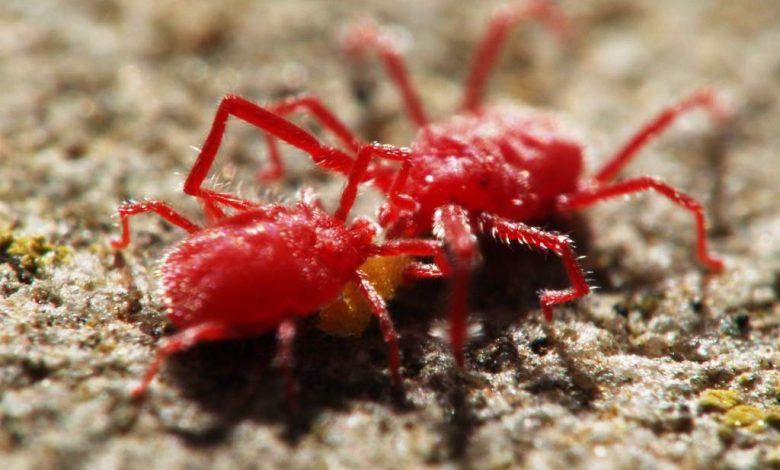
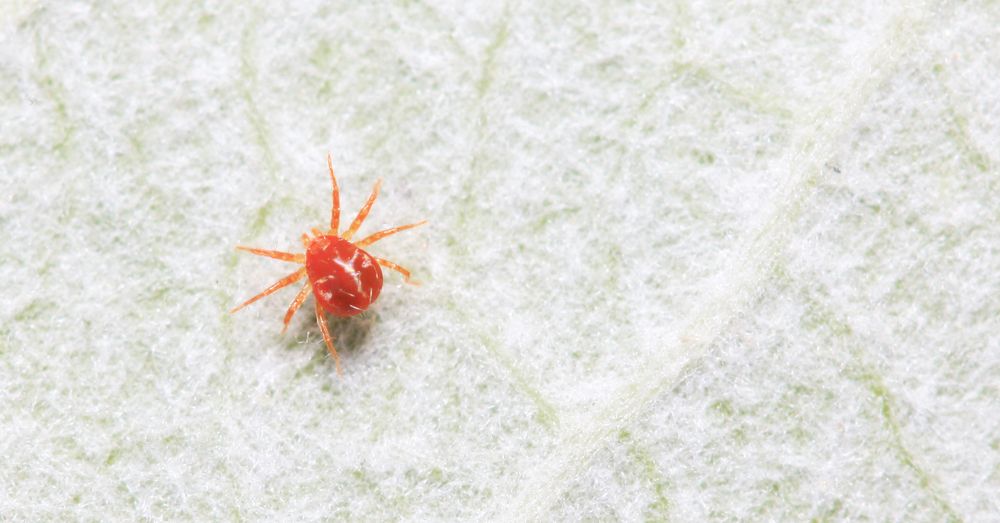
It is one of the scourges of the garden and the orchard with the arrival of good weather. Fighting the red spider is a task that we must carry out as soon as we detect it. Something that will prevent us from having the disgust of seeing how our plants or crops deteriorate to the point of death. However, this task is not easy. And it is that the tiny size of this pest, which barely reaches half a millimeter, will make it difficult for us to realize that it has come to visit us.
Despite being so small, combating the red spider mite is essential. We are talking about a great devourer, both of the ornamental plants of the garden and of the plants of the orchard. A sucking visitor of our plants that only shows its face, on a visual level, when the plague has advanced a lot. Hence, again and when talking about eliminating pests from the garden, we insist on the fundamental thing: avoid their presence. The best prophylaxis that exists to avoid having to undertake the task of eradicating them.
Once we understand the importance of combating the red spider mite, let’s see some details that will help us find it. And, what is more important, that will allow us to put an end to its proliferation in our plants.
COMBAT THE RED SPIDER IDENTIFYING ITS PRESENCE
Before going into details about how to fight the red spider, it is important to know about it. To begin with and despite its name, it is not a spider. It is actually a mite, although it is nicknamed for its ability to create structures similar to spider webs. Like other pests, such as aphids or whiteflies, it has an incredible colonization capacity. A compelling reason for us to stop its advance as soon as possible.
The great inconvenience of combating the red spider mite is its size. It is so tiny that seeing it is only possible for those with incredible eyesight, or with the help of a high magnification magnifying glass. Thus, and checking the underside of the leaves, we may be able to find it, but it is not an easy task. On many occasions, we can do it when the plague is already very advanced. And it is that the colony tends to join, forming spots on the leaves. We can also be guided by the cobwebs they create, both to protect themselves and to move around the plant.
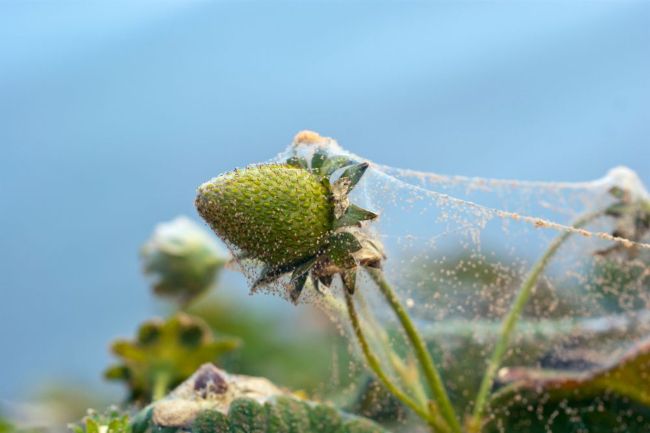
Nor can we be guided to identify it by its coloration. Although it is red, it is also true that in the summer months it can take on green or brown tones. A real game of confusion that complicates its detection.
Signs that a plant has spider mites
The only way, really, to do that is to look at our plants. It will be them or, rather, the ravages of this mite in them that will allow us to identify it.
To combat the red spider we must understand how they feed. It is a sucker for the cellular juices of the plants, and this action leaves sequels in the plants. The first clues that the spider mite gives us are yellow dots on the leaves. Some that first appear isolated, until they create compact brownish spots. This is a reflection of the advance of the red spider in the colonization of the plant. Taking it to the extreme, to a full-fledged invasion, the leaves will become deformed, curling until they dry up and fall.
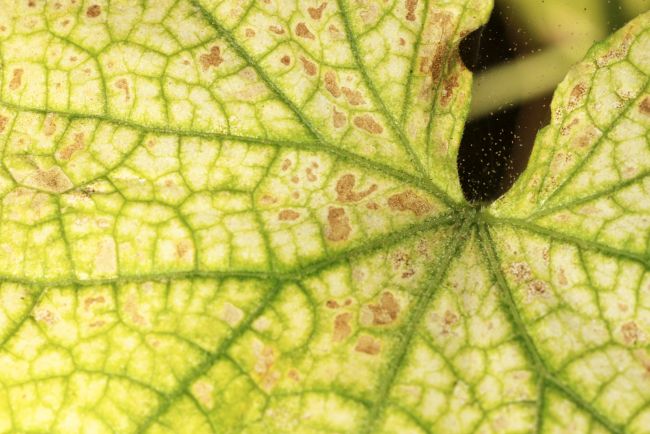
And, although this may seem minor, it is not. If we insist on combating the red spider mite, it is fundamentally because the health of the plant may be affected. Not only will it slow down their growth, it will reduce flowering or prevent them from bearing fruit if they are garden plants. If we don’t stop it in time, the red spider can devour the plant until it is killed.
WHY THE RED SPIDER APPEARS
Making use of that very Spanish saying, to combat the red spider, prevention is better than cure. We say this because its appearance occurs in very specific conditions: heat and a dry environment. And, although it is true that it is typical of summer, it can also occur in indoor plants at other times of the year.
Knowing that these two circumstances are the perfect breeding ground for this mite, let’s see what tasks we can carry out to avoid it in two very different scenarios.
Fight the red spider: indoors and ornamental
To prevent the appearance of spider mites in indoor plants and outdoor plants, we will not only have to water regularly. In addition, it is important to spray water on their leaves so that they maintain the humidity they need. Nor does it hurt that we are rigorous with the guidelines for changing the substrate and fertilizer. Another reason why the red spider preys on our plants is because they have a lack of nutrients.
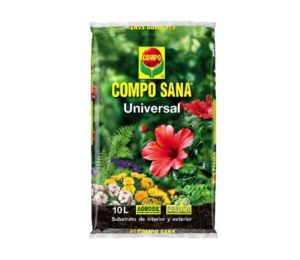
However, it is important that all this is in its proper measure. Neither excess irrigation is good, nor is it that we go overboard with fertilizers. Without going any further, an excess of nitrogen in the fertilizer can make the situation even worse since it tends to make the plant tissues softer.
Fight the red spider: in the garden
In addition to maintaining a correct and regular watering, one of the keys to fighting the red spider is to eradicate weeds. These upstart plants are allies of this and other heat pests.
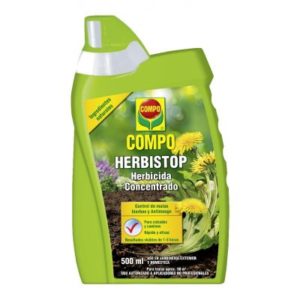
In the case of grass, and although we consider it less delicate, it is not a good idea to go thirsty either. It is proven that, in gardens with a good irrigation pattern and sprinkler irrigation, this mite does not usually make an appearance.
Fight the red spider: in the garden
Usually, when we detect red spider mite in the orchard, it is because we are doing something wrong. By this we mean that there is some practice that we are not carrying out correctly. It can be an excess or deficiency of irrigation, fertilizers, sun or even that we have a little biodiverse garden. With the latter we refer to those orchards with monocultures that, in the end, cause an impoverishment of the soil.
If we detect red spider mite in our orchard, it is a true symbol of its weakness. Therefore, the fundamental thing is to identify what we have to correct in order to eliminate it.
It is also important to keep something in mind. In case the pest in our garden is small, we can consider letting nature act. And it is that ladybugs and lacewings are natural predators of these mites.
HOW TO ELIMINATE THE RED SPIDER
And, once you know how to prevent and combat the red spider, it remains to know how to eliminate it. A task that can be done in different ways. When the plague has not yet spread, we can consider eliminating it manually. A task that requires time and patience, and that is still completely effective.
Another option is to soak the affected areas in conditions. Humidity is a real enemy of these mites, so they will progressively disappear from our plants.
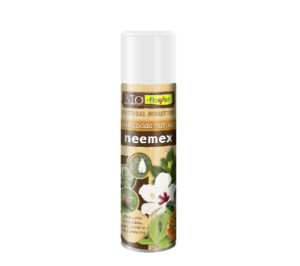
But, without a doubt, if the pest has colonized the plant, we will have to consider taking more drastic measures. By this we mean the use of a specific plant treatment for this type of pest.
The most forceful way to combat the red spider and ensure, at the same time, the health of our plants.

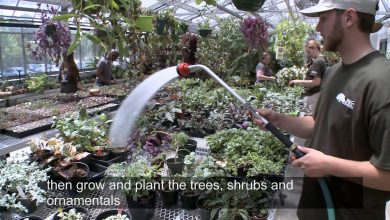
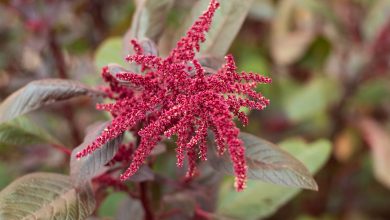
![Photo of Almond Tree Cuttings: [Concept, Time, Rooting and Sowing]](https://www.complete-gardening.com/wp-content/uploads/2021/06/Que-significa-plantar-por-esquejes-1-390x220.jpg)
